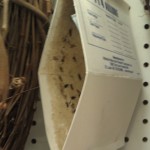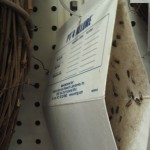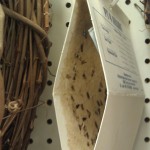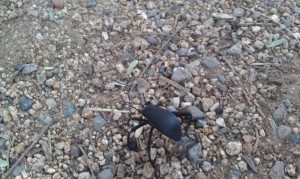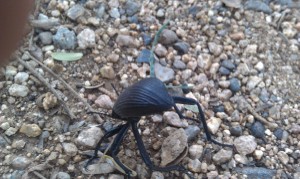Many types of plants, including fruit and vegetable crops, depend on animals for pollination. Although honey bees are often first thought of as pollinators, many other types of animals pollinate crops and wildflowers, including wild bees, ants, beetles, wasps, lizards, birds, and bats. The EPA is concerned about declines in pollinator health, and is working to protect bees and other pollinators from pesticide risks through regulatory actions, voluntary changes to pesticide use by registrants and research programs aimed at increasing the understanding of factors associated with declining pollinator health.
ProBest Pest Management and the National Pest Management Association are continuing to watch as this story developes.






